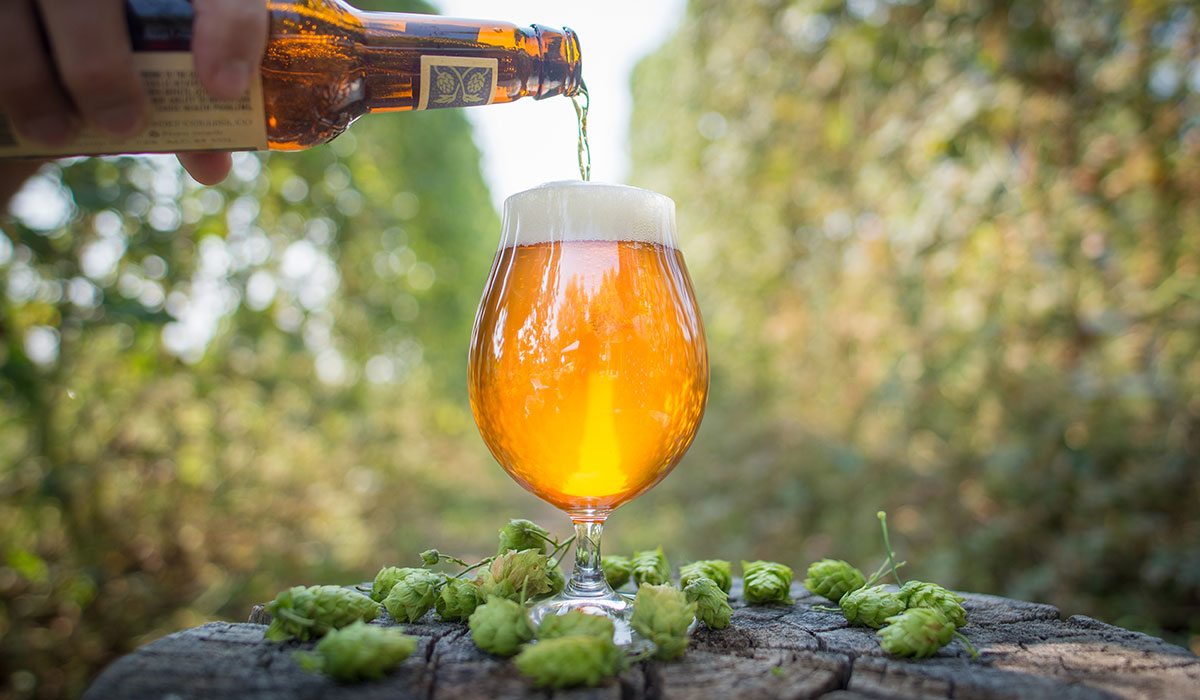

Our Bioquest The business will grow, harvest, and sell multiple varietals of hops. The hops will be sold in flower form and will also beprocessed and packaged in various product types and quantities. For selling the processed hops, the processing facilities of the parent Company in India will be utilized.
Before hop production, the land is conditioned to the appropriate soil conditions and a trellis system is to support the hop bines during growth. This trellis system is a network of steel cables supported by poles. The cable network is suspended approximately 20 feet from the ground, with fibrous string hanging from the network at 3 foot intervals along a set row. These strings hang directly above the rhizomes in theground and will allow the hop bine to grow vertically to its full height of 20 feet. The rhizomes will be planted in groups of three to one string, spaced 3 feet apart with 10 feet between the rows to allow harvesting equipment to pass through.
At the beginning of production each season, the subterranean rhizomes will produce bines that will be trained to grow clockwise up the strings that hang over each group of rhizomes. Within the first month of each season (during April or May), the bines will reach nearly their full height and begin to fill out horizontally. This process will continue until September, at which point the bines will have produced hop cones that are ready to harvest. During the growing season, the plants will need to be cared for by providing supplementary water when necessary, nutrients in the form of fertilizers, and pesticides to prevent destruction of the crop by aphids and mildew.
Because hops mature quickly, harvest is timed very specifically to the chemical content of the hop cones. The entire crop must be harvested in a 2-6 week window in late September, October, and sometimes early November. This process is the most labor intensive and is absolutely crucial to producing a quality product due to timing. When harvested, the bines are cut from their stems at the bottom and the trellis at the top, leaving the rhizomes in the ground and the trellis above for the next season. These bines are then taken to a picking machine, which separates the hop
cones from the bines. The cones are then moved to post-harvest processing and the bine material is recycled for fertilizer or animal feed.
After the hop cones are mechanically separated from the bines, they are transported immediately to an adjacent structure containing a kiln to dry the hop material’s moisture content from 75-85% to 8-10% by weight. This prevents the hops from decomposing too quickly or growing mildew while in storage. Once dried, the hops will be baled in 200 pound bales (by industry regulation) to be inspected by the USDA.
After pelletization and packaging, the hops will be stored in refrigeration until the product is sold and shipped. The sealed product can be stored under refrigeration for approximately 6-12 months without significant degradation in quality.




